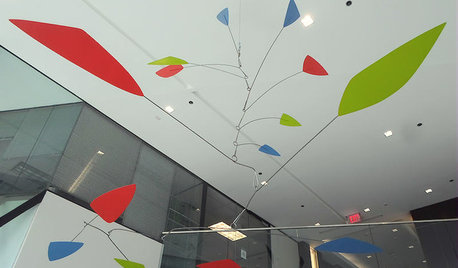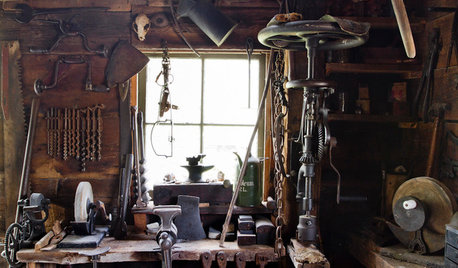Correct needle size???
Liddybuff
9 years ago
Related Stories

HOLIDAYSHow to Care for Your Christmas Tree
Keep your tree looking lush until the last ornament is packed away with these tips for watering, using stands and more
Full Story
GREEN BUILDINGCity View: Seattle Design Reveals Natural Wonders
Love of the local landscape, along with a healthy respect for the environment, runs through this city's architecture and interior design
Full Story
GARDENING AND LANDSCAPINGLongwood Gardens' Pathways Invite Exploration
Plant choice and pathway design are essential for an inviting garden. See how Longwood's paths beg a closer look
Full Story
HOUSEKEEPINGIt’s Time to Clean Your Gutters — Here’s How
Follow these steps to care for your gutters so they can continue to protect your house
Full Story
FARM YOUR YARDHow to Build a Raised Bed for Your Veggies and Plants
Whether you’re farming your parking strip or beautifying your backyard, a planting box you make yourself can come in mighty handy
Full Story
MOST POPULARWhat to Know About Adding a Deck
Want to increase your living space outside? Learn the requirements, costs and other considerations for building a deck
Full Story
ARTFrom the Artist: How to Make a Real Mobile
It’s all in the balancing points: A top mobile designer shows how to create a Calder-inspired installation of your own
Full Story
GARDENING GUIDESNew Ways to Think About All That Mulch in the Garden
Before you go making a mountain out of a mulch hill, learn the facts about what your plants and soil really want
Full Story
MATERIALSAre You a Maker? Show Us Your Favorite Tool or Material
Houzz Call: A tool or material can be a maker’s best friend. We’d like to see your favorite — and what it helps you achieve
Full Story
FRONT YARD IDEASBefore and After: Front Lawn to Prairie Garden
How they did it: Homeowners create a plan, stick to it and keep the neighbors (and wildlife) in mind
Full StorySponsored
More Discussions






shadylady2u
talley_sue_nyc
Related Professionals
Greenville Furniture & Accessories · Lebanon Furniture & Accessories · Culver City Furniture & Accessories · Robbinsdale Furniture & Accessories · Lake Magdalene Furniture & Accessories · Port Charlotte Furniture & Accessories · Redmond Furniture & Accessories · San Diego Furniture & Accessories · San Elizario Furniture & Accessories · Alpharetta Furniture & Accessories · Norwalk Furniture & Accessories · Sudbury Furniture & Accessories · New Hope Furniture & Accessories · Germantown Staircases & Railings · Oak Harbor Staircases & RailingsLiddybuffOriginal Author
talley_sue_nyc
LiddybuffOriginal Author
talley_sue_nyc